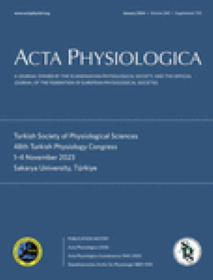High-phosphate diet causes atrial remodeling and increases atrial fibrillation vulnerability via STAT3/NF-κB signaling and oxidative stress
Abstract
Aim
Hyperphosphatemia is associated with adverse cardiovascular outcomes in both the general population and patients with end-stage renal disease. We evaluated whether high inorganic phosphate (Pi) intake causes atrial remodeling and increased atrial fibrillation (AF) risk.
Methods
The 5/6 nephrectomized chronic kidney disease (CKD) mice were fed a high-Pi (2%) diet for 10 weeks. AF vulnerability was evaluated through transesophageal burst atrial pacing. Phosphoproteomic, Western blotting, and immunohistochemistry were used to evaluate the effects of high Pi in atrial fibroblasts, atrial myocytes, and HL-1 myocytes.
Results
CKD and sham mice fed a high-Pi diet exhibited increased AF vulnerability, atrial fibrosis, and oxidative stress compared with mice fed a normal diet. Compared with normal (1 mM) Pi, high (2 mM) Pi significantly increased the activity of atrial fibroblasts and mitochondrial oxidative stress. Phosphoproteomic analysis revealed that compared with normal Pi, high Pi considerably increased the phosphorylation of intracellular proteins in atrial fibroblasts, including proteins related to NF-κB signaling and STAT3. Inhibition of NF-κB, STAT3, and Nox4 by small interfering RNA reduced the high-Pi-induced expression of collagen. In HL-1 myocytes, the high Pi induced the degradation of myofibril proteins and hyperphosphorylation of RyR2, which was abolished by Nox4 and CaMKII inhibition. Switching back to a normal-Pi diet improved the atrial abnormalities induced by high-Pi diet.
Conclusions
High-Pi intake causes atrial structural and electrical remodeling and increases AF vulnerability, which is mediated through STAT3/NF-κB signaling and oxidative stress. High dietary Pi intake can exert detrimental effects on atria and may increase AF risk.

 求助内容:
求助内容: 应助结果提醒方式:
应助结果提醒方式:


